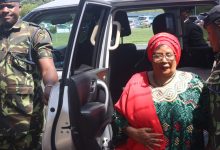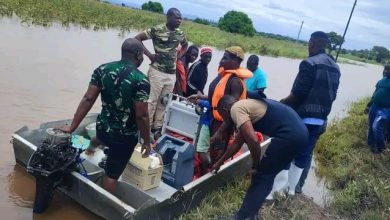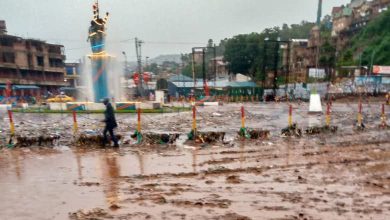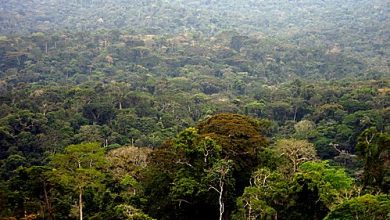COP28: Some facts that hinder the fight against forest loss in the Democratic Republic of the Congo.
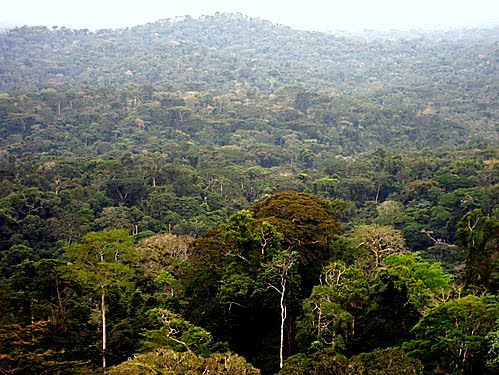
By Prosper HERI NGORORA, 24 December 2023.
As the COP28 has closed on 12 December this year in Dubai, one among topics discussed we find the decision aiming to halt forest loss by 2030.
Democratic Republic of the Congo has attended that important summit and has gone with its preoccupations as others countries.
DRC has important forest in Africa and second one in the world, which sequestrates carbon and then contributes to struggle against climate change.
According to Global Forest Watch, in 2010, Democratic Republic of the Congo had 198 Mha of natural forest, extending over 85% of its land area.
In 2022, it lost 1.22 Mha on natural forest, equivalent to 821 Mt of CO2 emissions.
According to FAO, the DRC has about 152.6 million hectares of forested land which constitutes 67.3 % of the total land area.
But danger persists on Congolese forests, amid others challenges faced by populations which lack environmental education.
That fact was even acknowledged by Eve Bazaiba, Congolese minister of environment and sustainable development in Dubai.
She highlighted that climate education should be provided at all school levels, from kindergarten to university.
“Climate education is a priority for the Democratic Republic of Congo. We are determined to integrate this subject into our school curriculum, in order to prepare future generations to meet the challenges of climate change” she said on the close of COP28.
Another factor that hinders the fight against forest loss is the lack of financing for forest management, afforestation and reforestation processes, forest plantations.
For example, in November 2021 in Glasgow, Scotland during COP26, president Félix Tshisekedi of the Democratic Republic of Congo and Boris Johnson, Prime Minister of the United Kingdom signed a joint declaration on behalf of the Central African Forest Initiative (CAFI) confirming an ambitious ten-year agreement (2021-31) aimed at protecting the Congo Basin rainforest, the second largest forest in the world.
The agreement will unlock multi-donor investments on the ground, reaching US$500 million over the first five years.
Pledges are made but are far away to be quickly implemented despite the fact that nations are racing against time to fight climate change.
“I don’t know if the check is with the mailman, but it seems like the money hasn’t really made it through.We’ve yet to see the big money flow in the country and have this transformational role so that we can stop forest cover loss, which is a reality in the DRC” said Tossi Mpanu Mpanu, the DRC chief climate negotiator to our Mongabay counterparts.
Climate activists are wondering how fundings are spent or unlocked by partners as there are no giant environmental project implemented and seen by many Congolese.
“We do not understand how the funds that are promised are managed. We are essential in carbon sequestration. It will be necessary to trigger actions to hold account from decision-makers” says Justin MUTABESHA, climate activist based in Goma.
Although efforts are being deployed to halt deforestation in DRC, some climate activists accuse DRC government to fail protecting forests.
In September 2023, Alerte congolaise pour l’environnement et les droits de l’homme (ACEDH), a Congolese NGO took the Republic to court for its “silence” in the face of environmental destruction.
“We considered it important to bring the Republic to justice. Some partners of the Congolese state have been involved in deforestation and stealing of natural resources. This silence incurs the responsibility of the Republic. Public policies sometimes violate the laws of the Republic. May the Republic take necessary measures” said Olivier NDOOLE of ACEDH.
Among others facts which hinder the fight against forest lose in DRC, we can note threats against Defenders of the environment and the right of access to land.
According to Alerte congolaise pour l’environnement et les droits de l’homme, from April to August 2023, 8 defenders of the environment and the right of access to land were killed.
“The situation is very tragic. It is characterized by assassinations, telephone threats, arbitrary arrests, repression of demonstrations” underlines Erick KAMBALE of ACEDH.
Among other causes which block initiatives aimed at struggling the loss of forests, it is the poor access of the Congolese populations to electricity.
In a national evaluation report on the implementation of the Istanbul action program for the period 2011-2020 in favor of LDCs, it was revealed that only 15 % of the population has access to electricity: 35% in urban areas compared to 1% in rural areas.
And this problem let communities to put pressure on forests looking for woods, charcoal…
Bringing electricity to millions of Congolese Could easely reduce pressure on Congolese forests, say some observers.
This story was produced with the support from MESHA and IDRC Eastern and Southern Office for Science journalists reporting on COP28.


